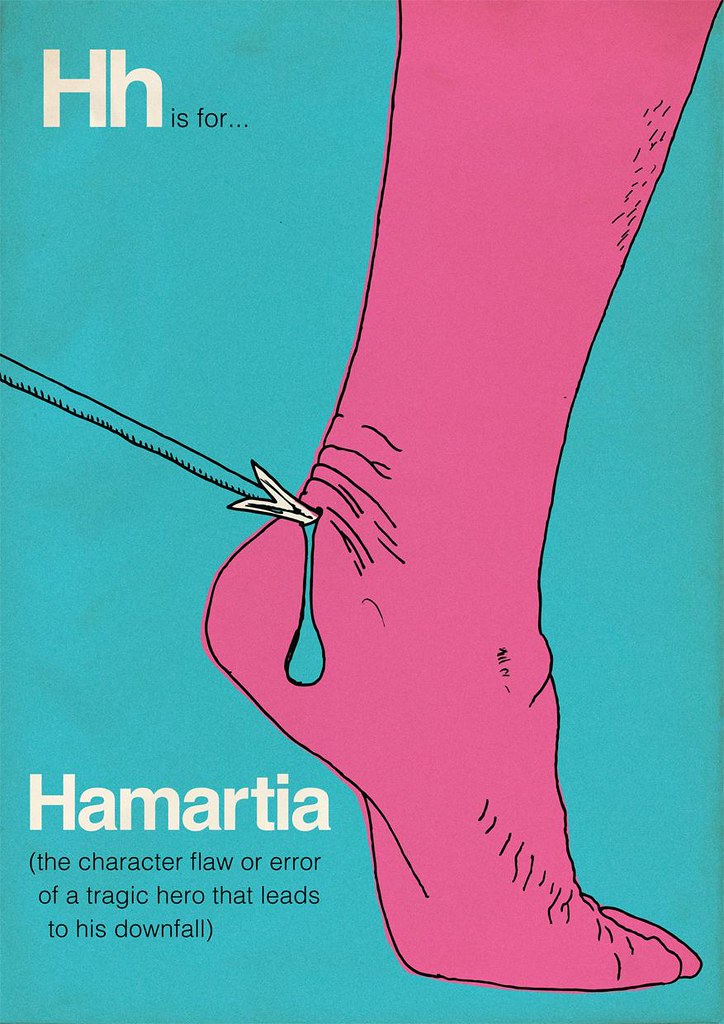Omniscient
Definition
To be omniscient is to know everything. In literature, an omniscient point of view or narration is one in which the narrator knows the thoughts and actions of every character in the narrative. This is called third person omniscient, and was arguably the most popular point of view in novels until the twentieth and twenty-first centuries. A third person omniscient narrator can freely jump between different characters’ minds, either in different chapters or even in the same scene. This creates a sense that the narrator is godlike and creates some trust that the narrator is objective and telling the truth. However, it can also be jolting to see into different characters’ thoughts in quick succession.
Example – from Mary Barton
‘How dare you say he shot Mr. Harry?’ “asked Mary, firing up from the state of languid indifference into which she had sunk while Sally had been settling about her dress.” ‘But it’s no matter what you think, as did not know him. What grieves me is, that people should go on thinking him guilty as did know him,’ “she said, sinking back into her former depressed tone and manner.”
‘And don’t you think he did it?’ asked Sally (Gaskell 276).”
Function
The narrator of "Mary Barton" takes the third person omniscient form, in which the narrator is all-knowing and all-seeing. This narrator knows the thoughts of all the characters, notwithstanding their class. For example, “Mary went very red, and looked annoyed, although there was a secret spring of joy deep down in her heart, at hearing Jem so spoken of.” Her narration is full of pity and sympathy as she anguishes over the great divide between the lower and upper class. The narrator also attempts to present the classes authentically, as she records the local dialect of the working class.
Another example
“You are a slow learner, Winston."
"How can I help it? How can I help but see what is in front of my eyes? Two and two arfour."
"Sometimes, Winston. Sometimes they are five. Sometimes they are three. Sometimes they are all of them at once. You must try harder. It is not easy to become sane.”
- George Orwell’s 1984
Non-original mnemonic
Original mnemonic
O- Old
M- Mr.
N- Nauman
I- Is
S- Smart
C- (and) clever
I- In
E- Everything
N- Not
T- Told




